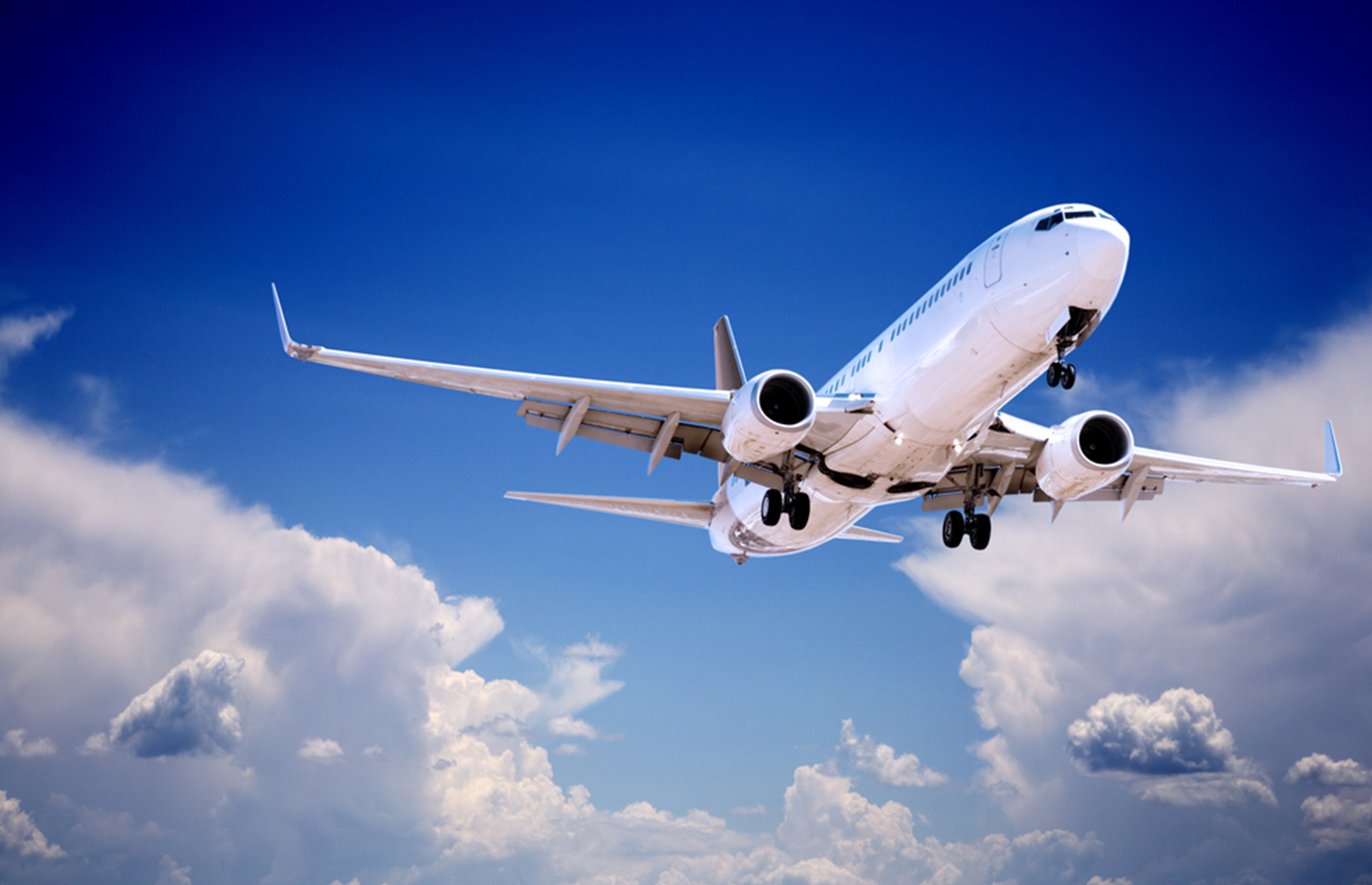
What can we learn from Boeing’s crisis response?
In recent months, Boeing has stared down a major crisis. Just three years after the model’s first flight, the Boeing 737 Max 8 jet has crashed twice, killing 336 people in the two incidents. The first crash happened near Jakarta, Indonesia and the most recent incident, which took place on March 10 just outside Addis Ababa was the catalyst for the subsequent grounding of the jet. Boeing’s response has been roundly criticised for being slow to react, and it’s seen real impacts from this, with its stock price losing US $50M at its lowest point.
So how has Boeing dealt with the crisis?
Boeing hasn’t dealt with it so well. It was an issue when the first aircraft went down in Indonesia, and it became a full blown crisis after the Ethiopian Airlines plane went down in Africa. And Boeing’s problem is that it dealt with the issue as a business to business (B2B) issue rather than a business to consumer crisis. Traditionally, Boeing is a B2B business that deals with airlines and regulatory stakeholders, but it’s got a B2B business model, so it doesn’t typically have to reach out and seek to influence passengers and people who fly on Boeing aircraft. But in this crisis, the stakeholders were different. They were the travelling public, passengers of airlines and the families and friends of those who take air travel every day – never mind those who were actually killed or affected by the incidents.
Boeing’s response was to communicate with pilots, airlines and regulators, but the public seemed to be left out. And it’s only been now since the beginning of April that it is starting to communicate directly with the flying public and general public as passengers and friends and families of passengers, and that was a big gap between the Ethiopian Airlines crash and the grounding of the fleet in mid-March 2019.
What could Boeing have done differently?
Firstly, it could have had its CEO out in front a lot sooner. In the first week or so, ten days after the Ethiopian Airlines incident, commentators were attributing the crashes as having something to do with the plane’s software. And the CEO was silent. He then released a written statement, but we didn’t see the human face of Boeing in this crisis until about three weeks after the fleet was grounded, where the CEO appeared in a video and released another statement. So the crisis hasn’t had a human face, and this is a very human issue. Boeing was talking a lot in technical terms, but this was actually a human issue; a safety issue. People died. And Boeing in the public sense appeared as a faceless organisation, releasing statements and seeming to hide behind regulatory oversight until the US Administration decided to ground the fleet.
In hindsight, a lot of companies that have been through crises like this say that they should have had a public face sooner. That doesn’t mean the CEO has to be out every single day, but in this environment where a lot of the facts aren’t to hand, even a human being who’s accountable at Boeing saying ‘here are the facts we don’t have, here is what we do have and here is what we’re trying to find out,’ is a far better approach when you’re trying to influence and manage a crisis, and trying to protect the reputation of the corporation.
